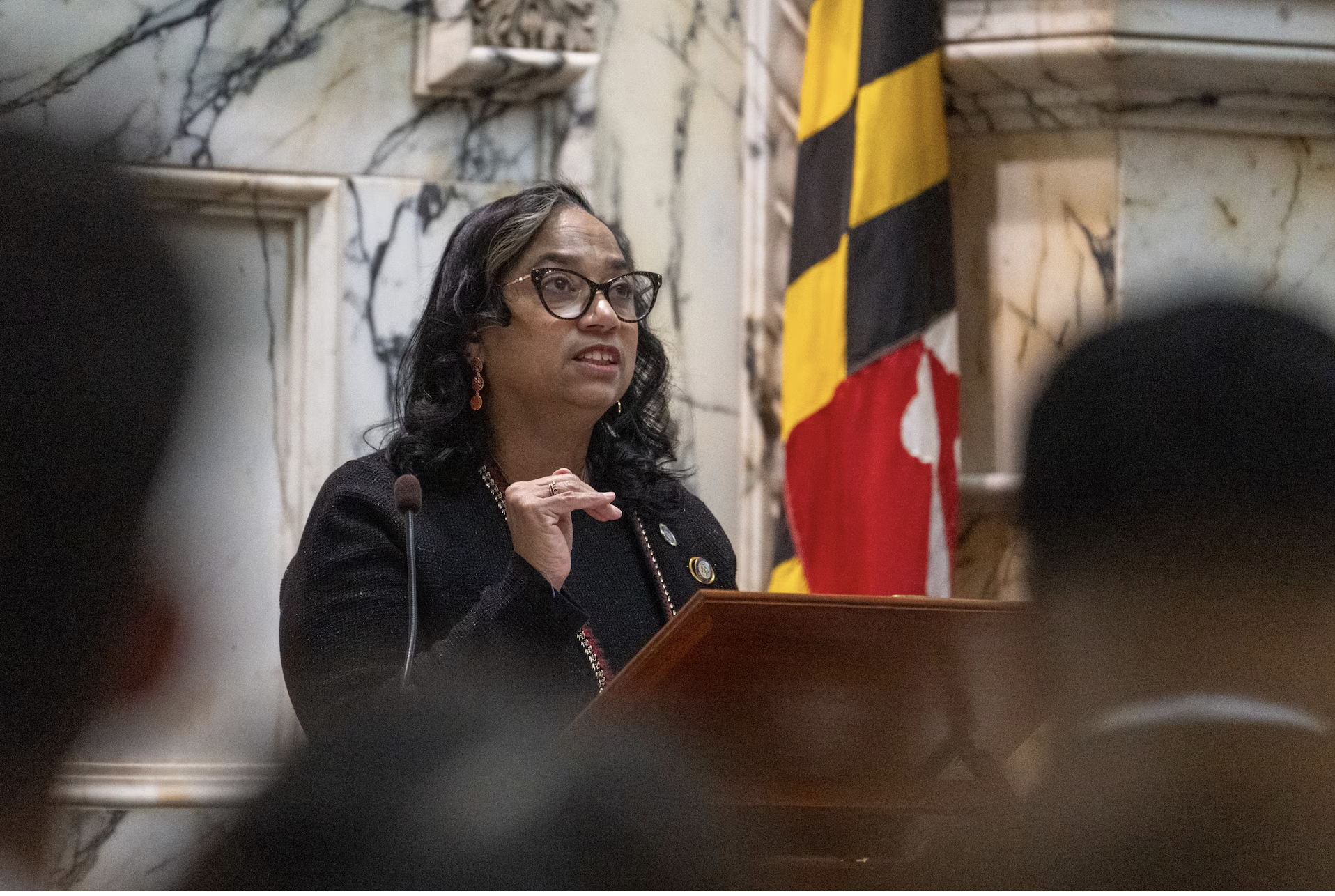Local
Warhol Foundation to withhold Smithsonian money

The Andy Warhol Foundation for the Visual Arts, a major funder of the “Hide/Seek” exhibit about the presence of same-sex desire in American art, has decided to withhold all future funding for all Smithsonian Institution museums in the wake of the decision by Smithsonian Secretary G. Wayne Clough to pull down a video about AIDS from the exhibit.
The decision was announced on Monday in a letter from Joel Wachs, the foundation’s president, in a letter to Clough demanding that “you restore the censored work immediately,” an action that Wachs said was decided unanimously by the foundation board of directors last week.
In the letter, made public by Wachs, he told Clough that the action to remove a video artwork from the exhibit, a four-minute video titled “A Fire in the Belly,” by painter, filmmaker and performance artist David Wojnarowicz, was “blatant censorship” and “unconscionable” and “inimical to everything the Smithsonian Institution should stand for.”
After noting that the foundation has previously donated more than $375.000 over the past three years to fund several exhibits at various Smithsonian museums, including $100,000 to help stage “Hide/Seek,” Wachs told Clough: “we cannot stand by and watch the Smithsonian bow to the demands of bigots who have attacked the exhibition out of ignorance, hatred and fear.”
In early December, the Catholic League complained over several seconds in the short silent video which ants are shown crawling on a crucifix — a familiar use of the insects in the artist’s work, in this case to represent the agony of HIV/AIDS. Wojnarowicz, prominent in the New York City art world in the 1980s, died of AIDS-related complications in 1992 at the age of 37. But the Catholic League claimed the work to be offensive to Roman Catholics and was anti-Catholic “hate speech,” a theme quickly taken up by two Republican House leaders including incoming Speaker John Boehner.
After these complaints, Clough consulted with National Portrait Gallery director Martin Sullivan and Smithsonian art historian David Ward, co-curator of the exhibit, but not with the other curator, Jonathan D. Katz, who was then in London lecturing at the Tate Modern. The decision to remove the video was made by Clough over the objections of Ward and late also from Katz.
Ward told the Washington Post that the video “is not anti-religion or sacriligious. It is a powerful use of imagery.” He said the action was reminiscent of the Corcoran gallery of Art decision in 1989 to cancel an exhibit of Robert Maplethorpe’s photography — ironically, Maplethorpe is featured in the current NPG exhibit. “Once again,” said Ward, that same weapon” — to halt federal funding of the arts — “is being brandished, and once again we cower.”
Katz also denounced the decision, adding that it’s unfortunate that “the exhibition itself is being lost in the mudslinging” and that “homophobia and raw politics” were at the root of the action.” However, said Katz, the show itself, “by remaining up, continues to resist the politics.”
On Dec. 9, NPG commissioner James T. Bartlett resigned in protest. Earlier, on Dec. 2, activists marched from the Transformer Gallery, which showed the video briefly following its removal from the exhibit, to the Portrait Gallery, and on Dec. 5 two protesters were detained by police and barred from the gallery for holding leaflets while one of men, Mike Blasenstein, was wearing an iPad running the Wojnarowicz video, an action forbidden by Smithsonian policy.
Wachs told Clough that the Warhol Foundation action was necessary because “the decision to censor this important work” put the donors in this position.
District of Columbia
Brian Footer suspends campaign for Ward 1 D.C. Council seat
Race’s third LGBTQ candidate cites family reasons for ‘stepping back’

Gay Advisory Neighborhood Commissioner Brian Footer, who was one of three out LGBTQ candidates running for the open Ward 1 D.C. Council seat in the city’s June 16, 2026, Democratic primary, announced on Dec. 17 he has decided to “suspend” his campaign to focus on his family.
“After deep reflection and honest conversations with my family, I have decided to suspend my campaign for the D.C. Council,” he said in a statement. “This moment in my life requires me to be present with the people I love most and honor the responsibilities I carry both at home and in the community,” he states. “This was not an easy decision, but it is the right one for me and my family at this time.”
Footer, a longtime Ward 1 community activist and LGBTQ rights advocate, announced his candidacy for the Ward 1 Council seat in July, one month before bisexual Ward 1 community activist Aparna Raj announced her candidacy for the Council seat on Aug. 12.
Gay Ward 1 Advisory Neighborhood Commissioner Miguel Trindade Deramo announced his candidacy for the Ward 1 Council seat on Nov. 18, becoming the third out LGBTQ candidate in what appeared to be an unprecedented development for a race for a single D.C. Council seat.
At least three other candidates who are not LGBTQ are running for the Ward 1 Council seat. They include Ward 1 ANC member Rashida Brown, longtime Ward 1 community activist Terry Lynch, and Jackie Reyes-Yanes, the former director of the Mayor’s Office of Community Affairs.
In his statement announcing the suspension of his candidacy, Footer said he would continue to be involved in community affairs and advocate for the issues he discussed during his campaign.
“I want to be clear: I am stepping back from the race, not the work,” he says in his statement. “Public service has always been my calling. I will continue advocating for affordability, for safer streets, for stability for small businesses, and for a government that responds to people with urgency and respect,” he wrote. “And I will continue showing up as a partner in the work of building a stronger Ward 1.”
Footer concluded by thanking and praising his campaign supporters and calling his campaign suspension a “transition,” suggesting he is not likely to resume his candidacy.
His campaign press spokesperson did not immediately respond to a question from the Washington Blade asking if Footer might later resume his campaign or if his latest action was in effect an end to his candidacy.
“To everyone who knocked on doors, hosted conversations, donated, shared encouragement, and believed in this campaign, thank you,” he says in his statement. “I am deeply grateful for every person who helped this campaign take root,” he added. “This isn’t an ending, it’s a transition. And I’m excited for the work ahead, both in Ward 1 and at home with my family.”
Longtime gay D.C. Democratic Party activist Peter Rosenstein said in a statement to the Blade, “I respect Brian Footer’s decision to end his campaign for Council. It is not easy to run a campaign in D.C. and there are many others running in Ward 1.” He added, “While not living in Ward 1, I thank Brian for all he has done and clearly will continue to do for the people in the ward.”
Local
LGBTQ, LGBTQ-friendly congregations to hold holiday services
Bet Mishpachah’s Hanukkah service to take place on Friday

LGBTQ and LGBTQ-friendly congregations in D.C. will hold services and other events throughout the holiday season.
Bet Mishpachah on Friday will hold its Sparks in the Dark Happy Hour at Spark Social on 14th Street from 5:30-7:30 p.m. It’s Chanuka Shabbat Service will begin at the Edlavitch DC Jewish Community Center (1529 16th St., N.W.) at 8 p.m.
Hanukkah began on Sunday and will end on Dec. 22.
Two gunmen on Sunday killed 15 people and injured more than two dozen others when they opened fire at a Hanukkah celebration on Sydney’s Bondi Beach.
Jake Singer-Beilin, Bet Mishpachah’s chief rabbi, in a Facebook post mourned the victims.
“We grieve for the victims and send heartfelt prayers of healing for those who were wounded,” he wrote.
“This Chanuka, our lights will shine brightly in the darkness, but our hearts will be heavy with mourning for those who were murdered on Bondi Beach while observing what should have been a joyous day,” added Singer-Beilin. “We will still celebrate our Festival of Lights and we will commit ourselves to illuminating and repairing our broken world. Let us channel the bravery of the Maccabees who found hope where there seemed to be none, and who fought to create a better future. We must do the same.”
LGBTQ Catholic group to hold annual Christmas Day Mass
Dignity Washington’s Christmas Day Mass will take place at St. Margaret’s Episcopal Church (1820 Connecticut Ave., N.W.) on Dec. 25 from 6-7 p.m. Parishioners can attend in person or watch it online via Facebook.
The Metropolitan Community Church of Washington D.C.’s Christmas Eve service will take place at the church (474 Ridge St., N.W., on Dec. 24 at 6 p.m.
St. Thomas Episcopal Church (1517 18th St., N.W.) in Dupont Circle will hold its Christmas Eve Festival Eucharist from 5-6 p.m. A Christmas Eve dinner will take place in the Parish Hall from 6-8:30 p.m. The church’s Christmas Eve Festival Eucharist will occur on Dec. 25 from 10-11 a.m.
Washington National Cathedral throughout the holiday season has a number of services and events scheduled. These include the virtual Gospel Christmas Service on Dec. 21 from 6-7:30 p.m., the Family Christmas Service on Dec. 23 from 11 a.m. to noon, the Christmas Eve Festival Holy Eucharist on Dec. 24 from 10-11:45 p.m., and the Christmas Day Festival Holy Eucharist on Dec. 25 from 11:15 a.m. to 12:45 p.m.
The Foundry United Methodist Church (1500 16th St., N.W.) in Dupont Circle will hold its Christmas Eve Family Service on Dec. 24 at 4:30 p.m. Its Carols and Candlelight Service will take place at 8 p.m.
Smithsonian Anacostia Community Museum to celebrate Kwanzaa
The Smithsonian Anacostia Community Museum (1901 Fort Place S.E.) in Anacostia will mark the first day of Kwanzaa on Dec. 26 with storytelling and drumming with Mama Ayo and Baba Ras D from noon to 2 p.m. The museum will hold a series of other events through the 6-day celebration of African American culture that ends on Jan. 1.
The Creative Suitland Arts Center (4719 Silver Hill Road) in Suitland, Md., on Friday will hold their Almost Kwanzaa: A Creative Kind of Holiday event from 6-8:30 p.m.
Maryland
Joseline Peña-Melnyk elected Md. House speaker
Family immigrated to New York City from the Dominican Republic

By PAMELA WOOD | Moments after being elected speaker of the Maryland House of Delegates Tuesday, state Del. Joseline Peña-Melnyk stood before the chamber and contemplated her unlikely journey to that moment.
Born in the Dominican Republic, the Peña family lived in a small wooden house with a leaky tin roof and no indoor plumbing. Some days, she said, there was no food to eat.
When she was 8 years old, the family immigrated to New York City, where Peña-Melnyk was dubbed “abogadito” or “little lawyer” for helping her mother and others by translating at social services offices.
The rest of this article can be read on the Baltimore Banner’s website.




















